The Microsoft, Amazon, IBM & Google Clouds Enable Emerging Technologies - And Everything Else

Are there any questions left about the comprehensiveness of cloud services? Why would companies insist upon on-premise applications development or hosting? Cloud business cases have long since been validated and it won’t be long until just about all applications and data are hosted in someone’s cloud. But there’s a special products category worth emphasizing – emerging digital technology – which is the last frontier for cloud domination. (More on this later.)
Emerging Technology
It’s no secret that emerging technology (ET) is now a pervasive feature of digital technology, or what we used to call “IT.” Companies adopt ET at different paces, depending upon their business models, their vertical industry and their attitudes toward change. In addition to common applications and application development, cloud providers now support the testing and adoption of emerging technology. This closes the deployment loop for cloud providers and enables all clients – small, medium and large companies – to exploit existing and future digital technologies for competitive advantage. But much more importantly, it represents how cloud providers have closed the technology gap between offthe- shelf and emerging technologies – the last product frontier. Everyone’s list of emerging digital technologies includes (the bold ones are offered by the major cloud vendors):
- Art i ficial Intel l igence/ Machine Learning (AI/ML)
- Robotic Process Automation (RPA)
- The Internet-of-Things (IOT)
- Augmented/Virtual Reality
- Location-Based Services
- Augmented Analytics
- Blockchain
- Wearables
There are others, of course, but these usually come to mind when Chief Information Officers, Chief Technology Officers, Chief Digital Officers, consultants and vendors think about how to disrupt business models and processes with digital technology.
Emerging Technology, AWS, IBM, Google & Microsoft
Cloud vendors are now deep into the ET world. They offer a variety of services – from education to development to hosting – that enable the piloting and deployment of ET. Amazon, for example, offers tools in analytics, augmented reality, virtual reality, the Internet-of- Things, blockchain, robotics and machine learning. IBM offers capabilities in artificial intelligence, the Internet-of-Things, blockchain and analytics. Google offers capabilities in analytics, artificial intelligence and the Internet-of-Things. Microsoft offers tools in artificial intelligence, machine learning, blockchain, the Internet-of-Things and analytics. The ability to develop ET applications in these clouds changes the ET piloting process. Companies can now play with new technologies within a familiar environment or, better, an environment with which they already have a vendor relationship. Cloud ET also enables technology tracking. Cloudenabled ET helps develop business cases around ET adoption. It also enables ET simulation with reference to specific business processes and whole business models.
The Cloud Oligarchy
It’s also about the procurement of services from oligarchs. Note that four vendors own close to 75% of the cloud infrastructure market (Amazon Web Services,33%, Microsoft 13%, IBM 8%, Google 6% and Alibaba 4%, as of Q1 2018). Three providers – Amazon Web Services, Microsoft and Google – own 55% of the overall cloud market. This kind of market concentration is – as always – good and bad – for all of the obvious reasons. But concentration also assumes the need to select a major cloud partner (among a shrinking set) as soon as possible in order to optimize their products and services. Since the largest cloud providers have the deepest product/ service catalogs, companies have little choice but to select among a handful of providers.
Provisioning Dependency
While we seldom talk about technological dependency, there’s not much major cloud providers cannot do for your company. All good. But there’s another side to comprehensive technology provisioning from oligarchs: while companies benefit tremendously from soup-to-nuts provisioning, they’re at risk if the number of exquisite providers is tiny. The combination of full-provisioning and cloud oligarchy equals total dependency. While the trend toward richer cloud products and services is terrific, the availability of the products and services from a shrinking number of providers is not. When “83% Of Enterprise Workloads Will Be In The Cloud By 2020,” what will the corporate computing landscape look like?
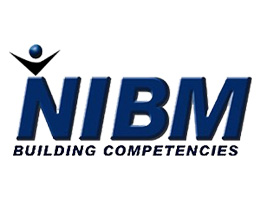



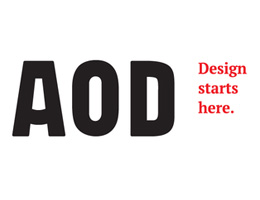


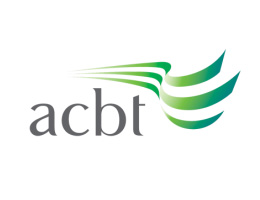




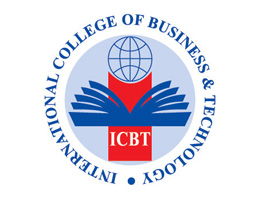


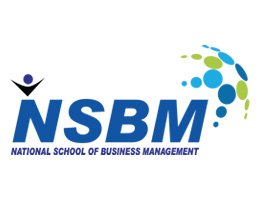

























.jpg)
.jpg)
.jpg)
.jpg)

.jpg)
